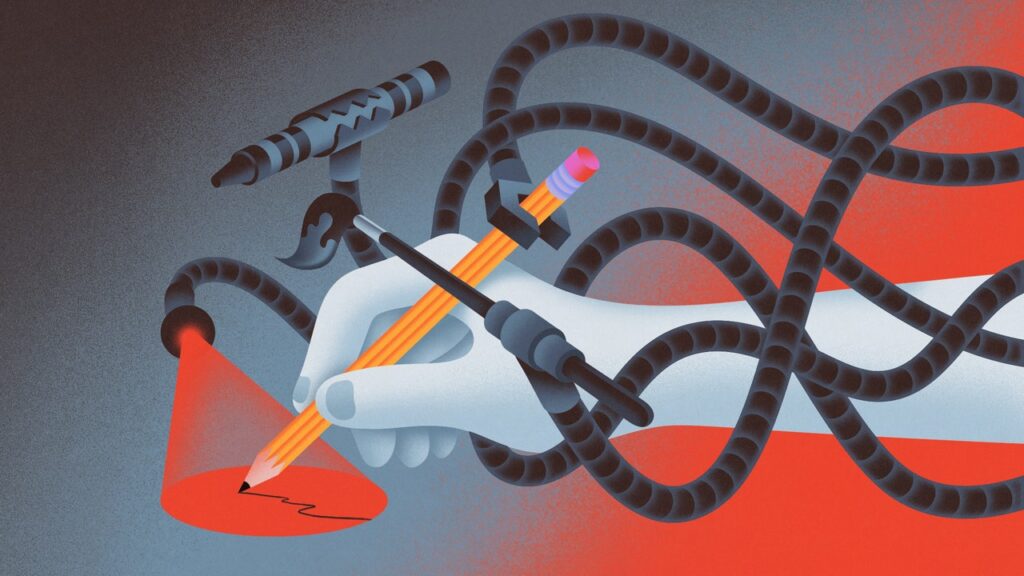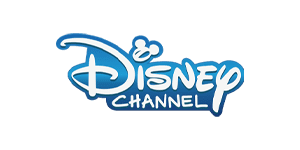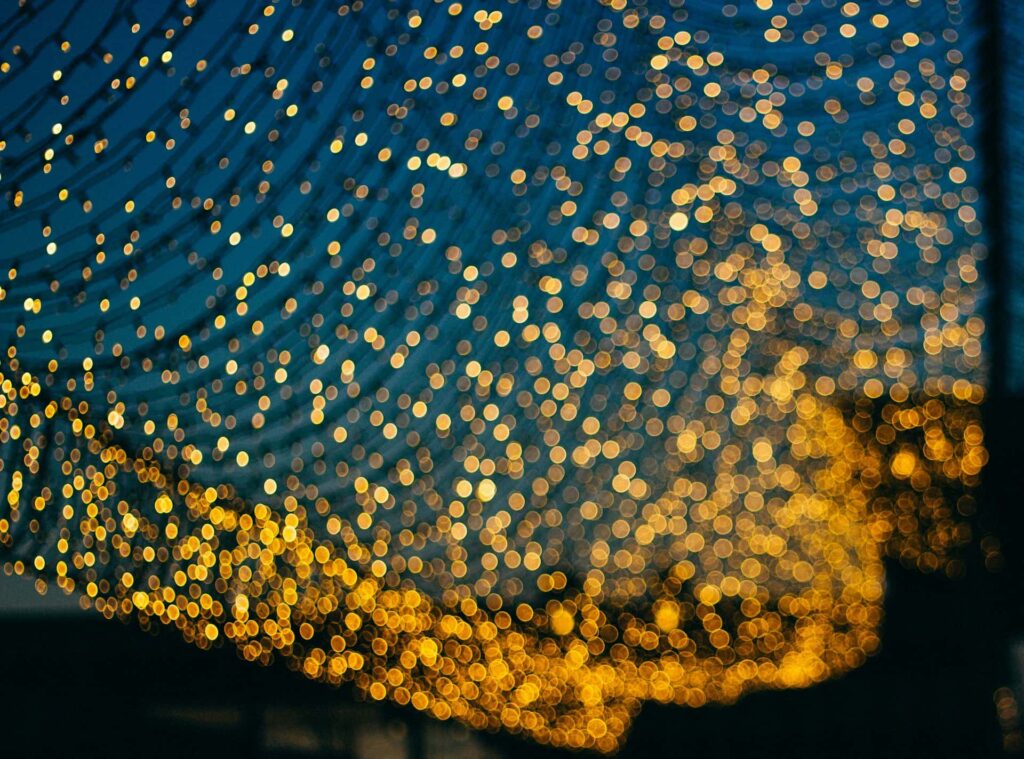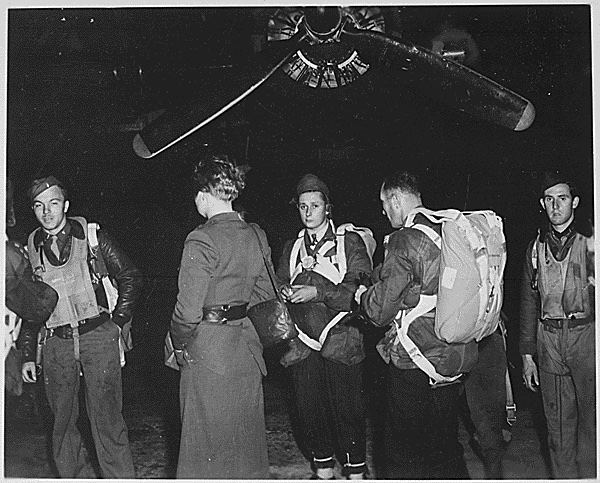If asked to come up with a quintessentially “human” work of art, one could do worse than to name a film by Studio Ghibli. The Japanese animation studio, founded by the legendary eighty-four-year-old director Hayao Miyazaki, is known for its hand-drawn imagery, lushly organic color palettes, epic narratives, and evocation of both the emotional ambiguities of childhood and the twisting path to becoming an adult. We American millennials were blessed to have the films translated and distributed in English just as we were growing up, and so movies including “My Neighbor Totoro,” “Princess Mononoke,” and “Spirited Away” are nigh-universally recognizable touchstones of our youth. Any Ghibli imagery is primed to make us feel a combination of pleasurable nostalgia and mournful shivers, evoking the doomed forest creatures, greedy bathhouse ghosts, and missed connections featured in Miyazaki’s cinematic story lines. Unfortunately, that sense of poignancy quickly erodes when you are bombarded with thousands of Ghibli-esque copycat images, as we all were online last week, thanks to OpenAI’s latest version of its ChatGPT tool.
GPT-4o, as this newest version is called, can generate images with much higher fidelity than past iterations could, and can do so right within the program’s chat window. (The tool is currently only available to paid accounts.) Last year, on OpenAI’s image generator DALL-E 3, users were likely to produce renderings depicting wonky hands and gibberish text; trying to repeat the same images produced unreliable results. The new model, by contrast, can generate clear text, maintain a consistent protagonist over multiple images, and faithfully replicate artistic styles ranging from hand drawing to photorealism. During a release demonstration on March 25th, OpenAI staff, including the C.E.O., Sam Altman, prompted the tool to turn a group selfie into “an anime frame,” which resulted in a cartoonish scene, drawn in precise lines, with characteristic cel shading and detailed fig-leaf plants in the background. (One figure did have four fingers on a hand, but who’s counting.) After seeing the demo, an engineer named Grant Slatton posted a family photo to X that he had “converted to studio ghibli anime.” It showed him and his wife with their pet corgi on the beach, sporting the kind of shining pupils, voluminous hair, and softly creasing clothing familiar from Miyazaki’s films. The effect was uncannily convincing; any flaws—pixelated chin scruff, say—revealed themselves only on close examination. Slatton’s post now has nearly fifty million views and has inspired a rash of other Ghiblified scenes, including ones very unbefitting of the Miyazaki cinematic universe—a Ghibli Donald Trump raising his fist defiantly in the aftermath of an assassination attempt; a Ghibli airplane hitting the Twin Towers. The bizarre nadir of the trend may have been reached, on Thursday, when the official White House X account posted a Ghibli-filtered photo of a sobbing alleged drug dealer from the Dominican Republic getting arrested. (Why are we surprised? This is the same Administration that previously posted an A.S.M.R. video of people being deported.)
The use of Ghibli-esque anime in the OpenAI demo was intentional; “we put a lot of thought into the initial examples we show when we introduce new technology,” Altman later posted on X. He has since boasted about his company’s servers “melting” from the demand placed on it by GPT-4o. The success of the Ghibli meme marks a new chapter in the evolution of A.I. mimicry. Previous A.I. tools have produced memes celebrated for their otherworldly glitchiness—a 2023 Midjourney image of the Pope wearing a swagged-out puffer jacket, or an A.I.-generated version of Jay-Z’s voice singing a retro rap track. In those cases, the technology’s failure to produce flawless verisimilitude was part of the charm. With the Ghibli images, one can almost enjoy the winsome color palettes and line work for their own sake, forgetting that they are the ersatz creations of a machine.
That potency has as much to do with GPT-4o’s capabilities as with the indelible archetypes that Miyazaki created. One popular post on X last week crowed, “Art just became accessible,” over a photo of six male friends, the frame transmuted, in turn, into three different visual styles. But it is not art that is becoming accessible per se; it is a Xerox of art, a more extreme version of, say, a photograph of a painting. One bitter irony of the faux-Ghibli meme is that Miyazaki is an avowed hater of A.I. technology. In an infamous clip, from 2016, he described an automated animation tool as “an insult to life itself.” That Miyazaki’s lifework is now grist for the generative-A.I. mill might be not only an insult but a copyright infringement. OpenAI argues that copying the style of a movie studio, rather than of a living artist, is allowed. (I imagine Disney would not support this argument.) Yet other artists in the United States are already suing OpenAI, and other A.I. companies, for training its tools on their artwork and infringing on their styles; those lawsuits are still making their way through the court system, and their outcomes will determine much of how A.I.-generated images are treated going forward. (In 2023, one case set a precedent that A.I.-generated art cannot, itself, be copyrighted.)
Artists have confronted reproduction plenty of times before, of course. Painting survived the advent of printmaking, then the advent of photography. Older media has survived because some kernels of insight and expression cannot be replicated away. As Walter Benjamin wrote in his 1933 essay “The Work of Art in the Age of Its Mechanical Reproduction,” “The presence of the original is the prerequisite to the concept of authenticity.” The photograph of the cathedral has no meaning without the cathedral itself; the replication of Studio Ghibli’s style has no meaning without the collective feeling we have for the Miyazaki aesthetic, inspired by its films. In our present moment, I worry much less for artists, who are driven to create things, than for audiences, who may be content to settle for so many pale imitations. Miyazaki’s most recent film with Studio Ghibli, “The Boy and the Heron,” is a sui-generis blend of autobiography, Japanese history, animism, and surrealism that probes the artist’s very urge to create something that will outlast him. The film’s energetic abstraction—accelerating into the deepest, ineffable parts of our souls—is one way art can respond to the challenge of technology. Even as Miyazaki’s style proves memetic in this moment, his work might foretell the future of aesthetics, too. ♦
Premium IPTV Experience with line4k
Experience the ultimate entertainment with our premium IPTV service. Watch your favorite channels, movies, and sports events in stunning 4K quality. Enjoy seamless streaming with zero buffering and access to over 10,000+ channels worldwide.

















